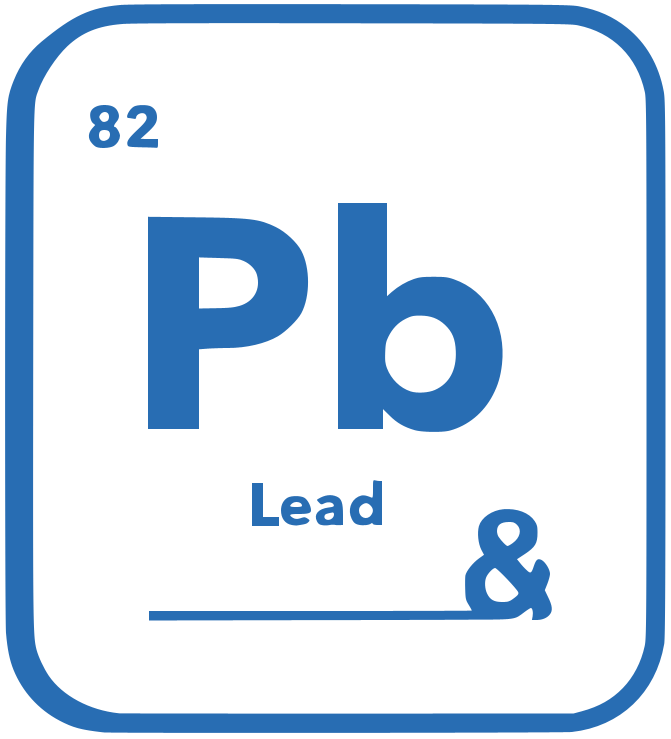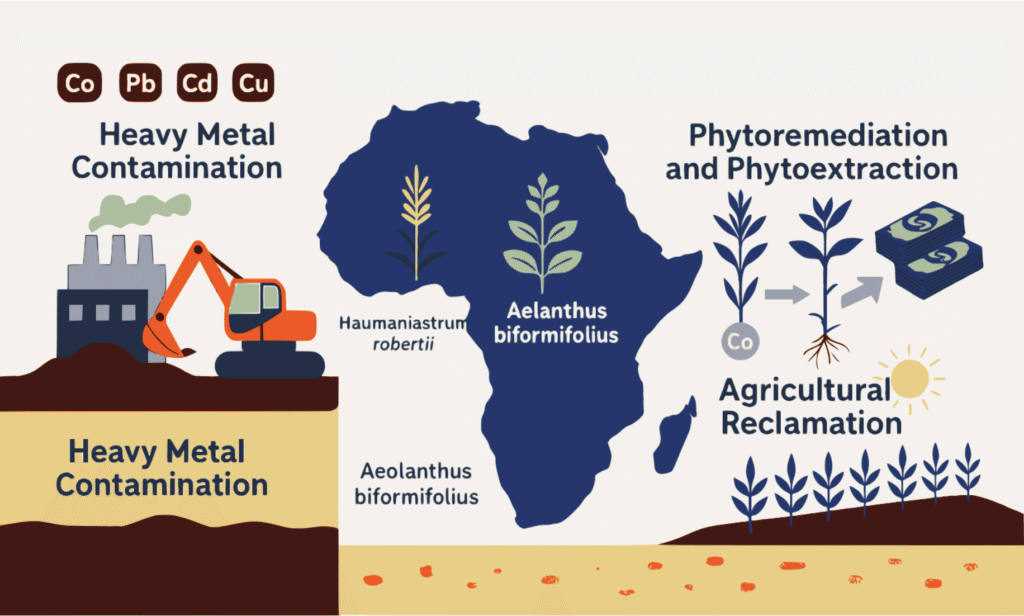Cadmium (Cd)
Cadmium is a persistent heavy metal that accumulates in kidneys and bones. Dietary sources include cereals, cocoa, shellfish and vegetables, while smokers and industrial workers receive higher exposures. Studies link cadmium to kidney dysfunction, bone fractures and cancer.






